The relationship between women and horror has always been a twisting, contentious one.
However, just because men have dominated the genre doesn’t mean women have had no input.
A prime example of this is the minimization ofDebra Hill’s contribution to theHalloweenfranchise.
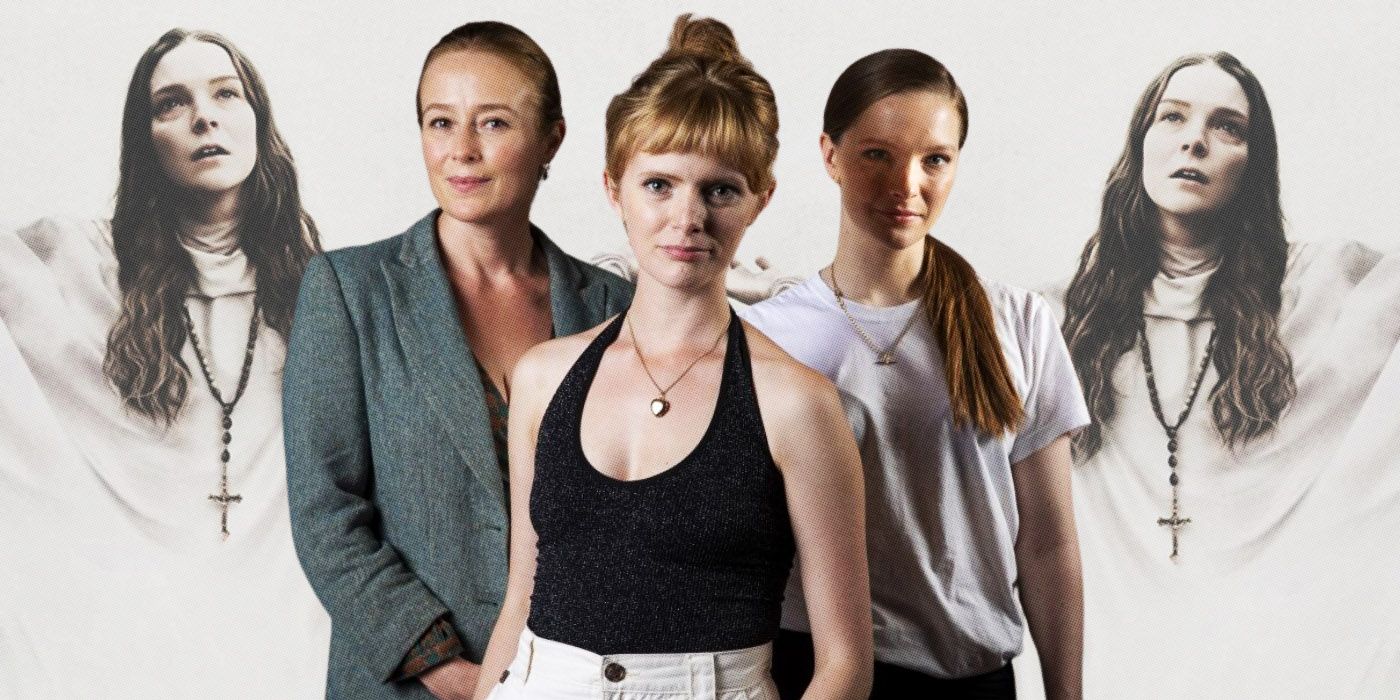
Yet, her work on the franchise is rarely mentioned.
This film is an excellent example of how the male gaze of cinema can be subverted.
But when it is explored by female filmmakers, the results are both engaging and often empathic.
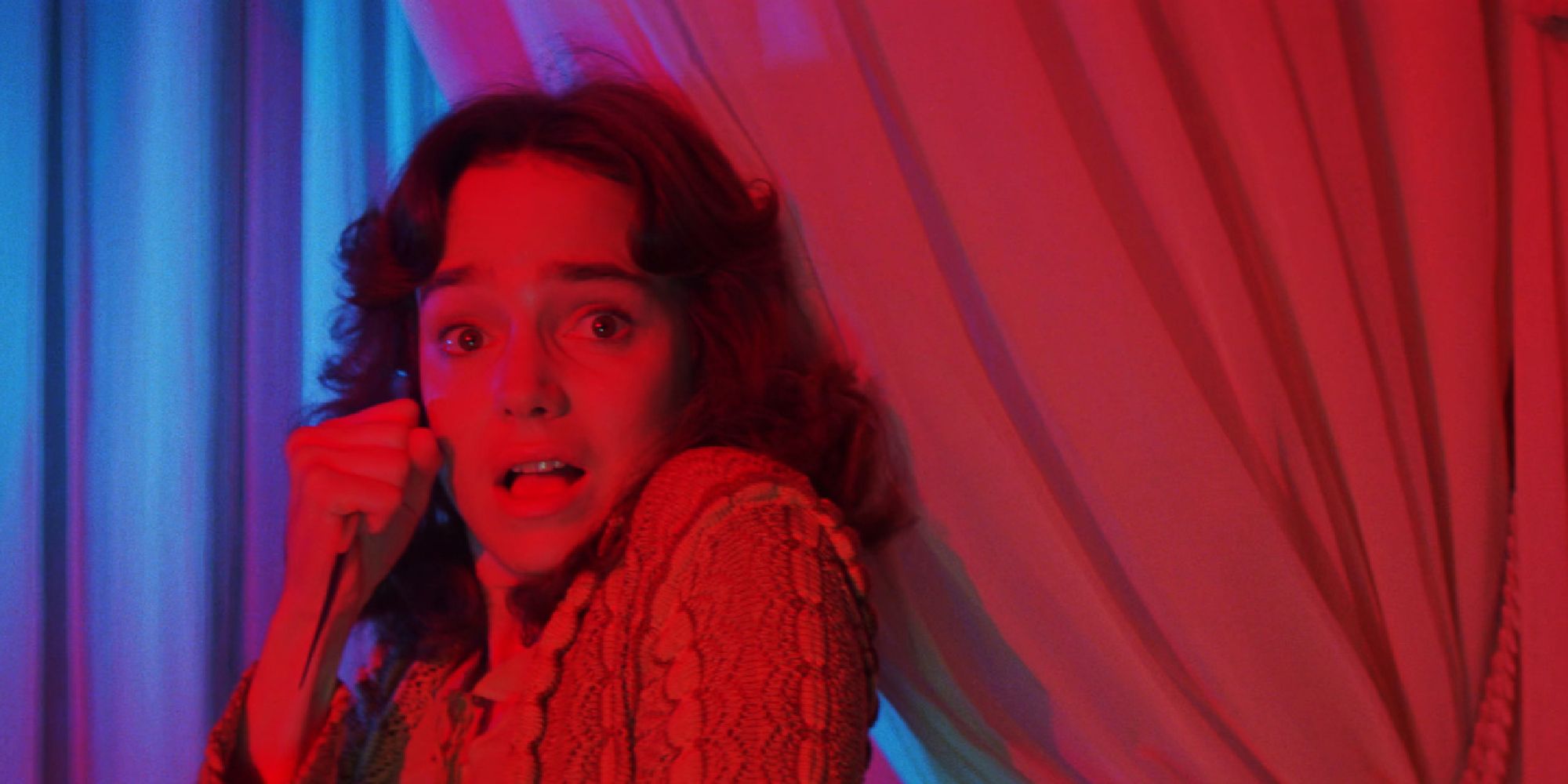
Image via Produzioni Atlas Consorziate
Films likeThe UninvitedandPrevengeseek to remove the strangling hold of motherhood that this stereotype presents.
Society seeks to present mothers as omnipotent, all-seeing, no longer mere human beings.
This misogynist portrayal of women has formed the basis of many books, plays, and films.
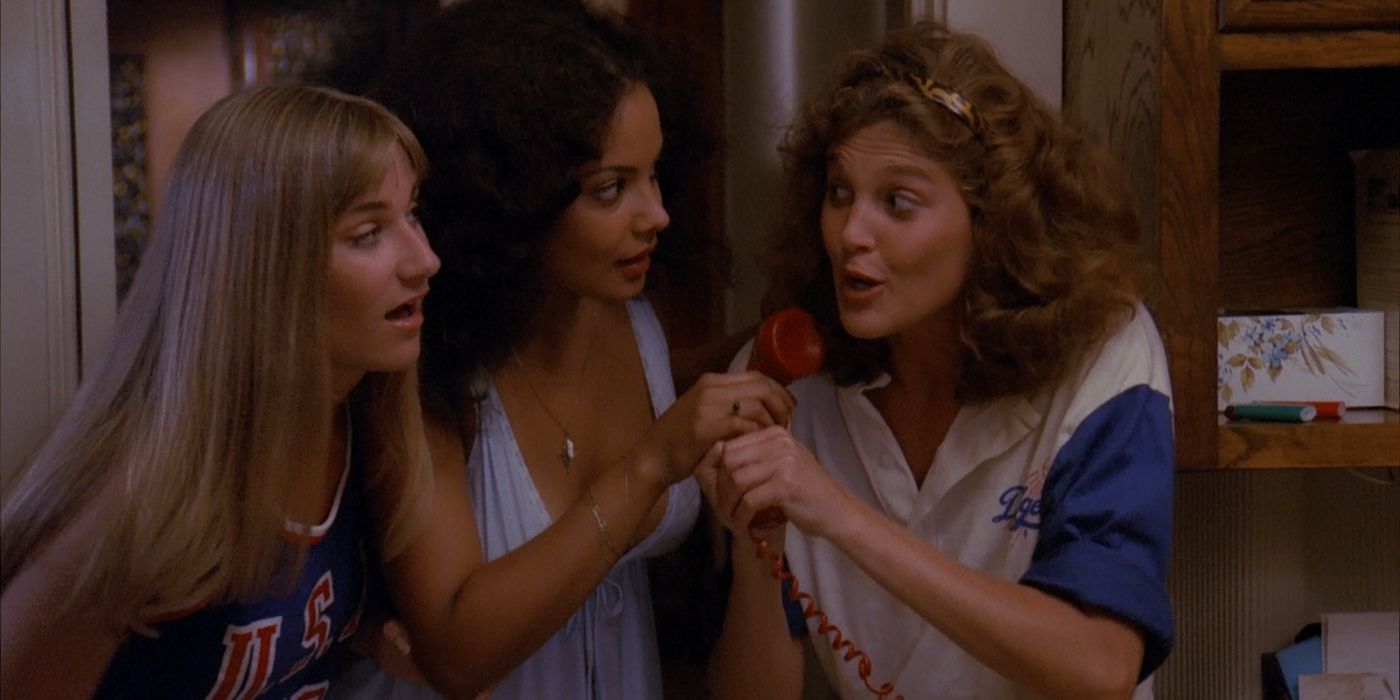
Image via New World Pictures
In horror, the unstable woman has long been a cliche of the genre.
One-dimensional portrayals of women as mentally unstable saturated the market for a time.
When in the hands of women, these themes take on different, but equally disturbing, representations.
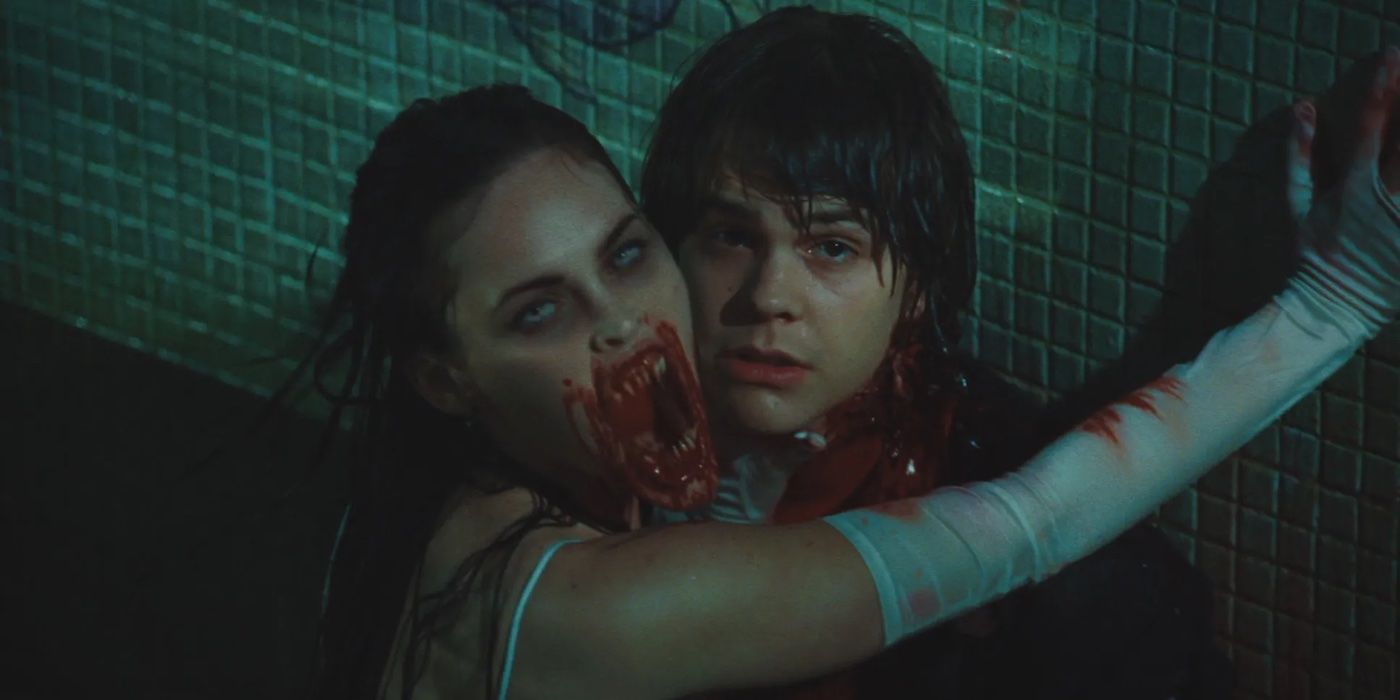
Image Via 20th Century Fox
Women filmmakers bring much more to the table than just “emotion.”
It is clear that female filmmakers have brought much to the horror genre.
They’ve also presented complex, morally ambiguous characters that move women away from the victim or virgin narrative.
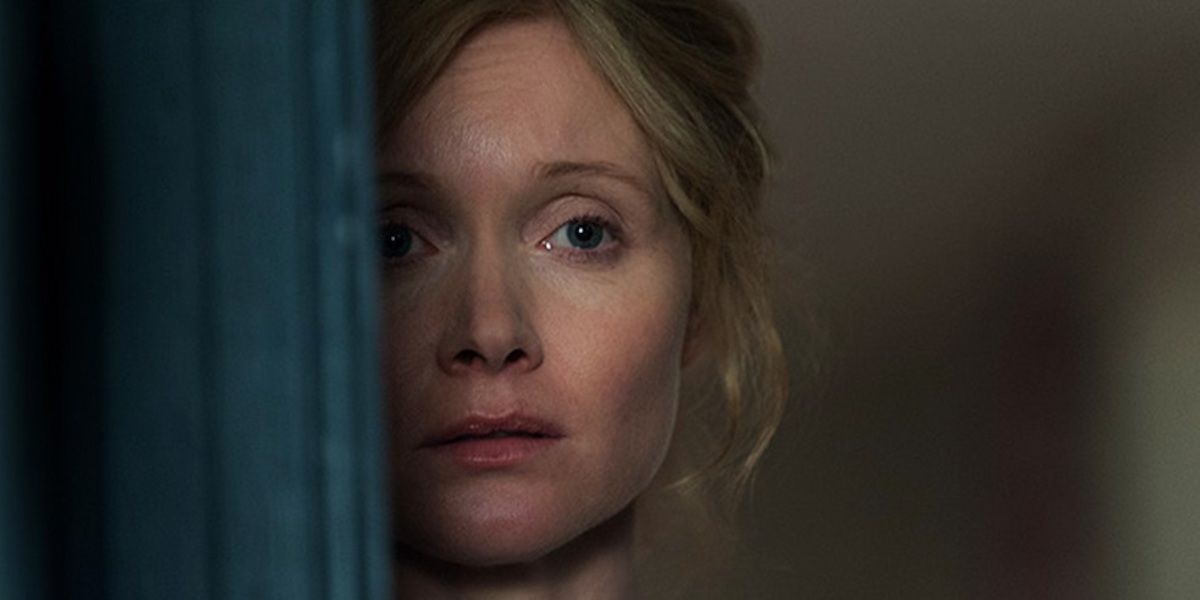
Image via Entertainment One
It’s inarguable that women have continued to push the boundaries of the horror genre.
When women are in the horror space, magic happens.
And we deserve that magic.
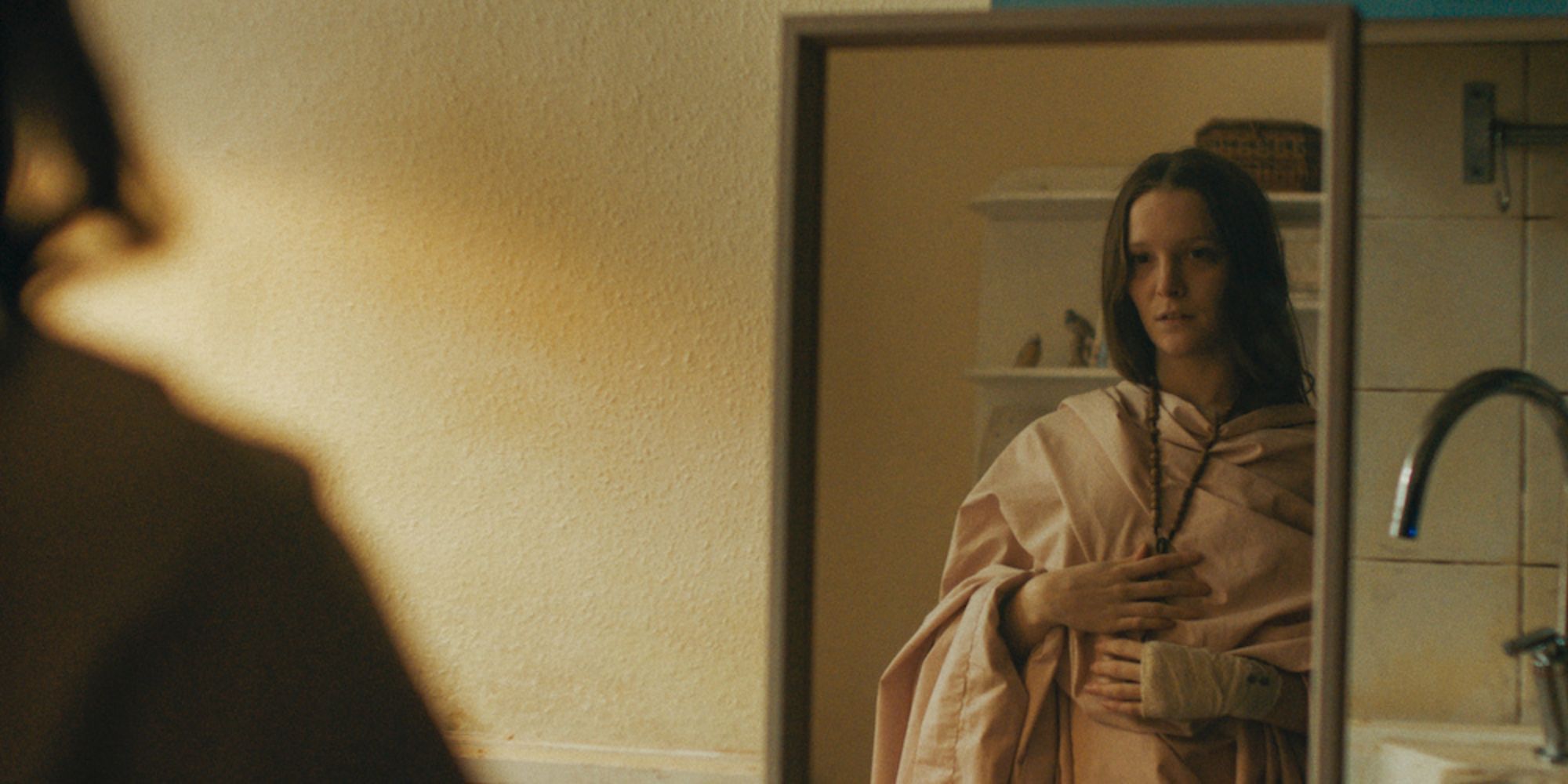
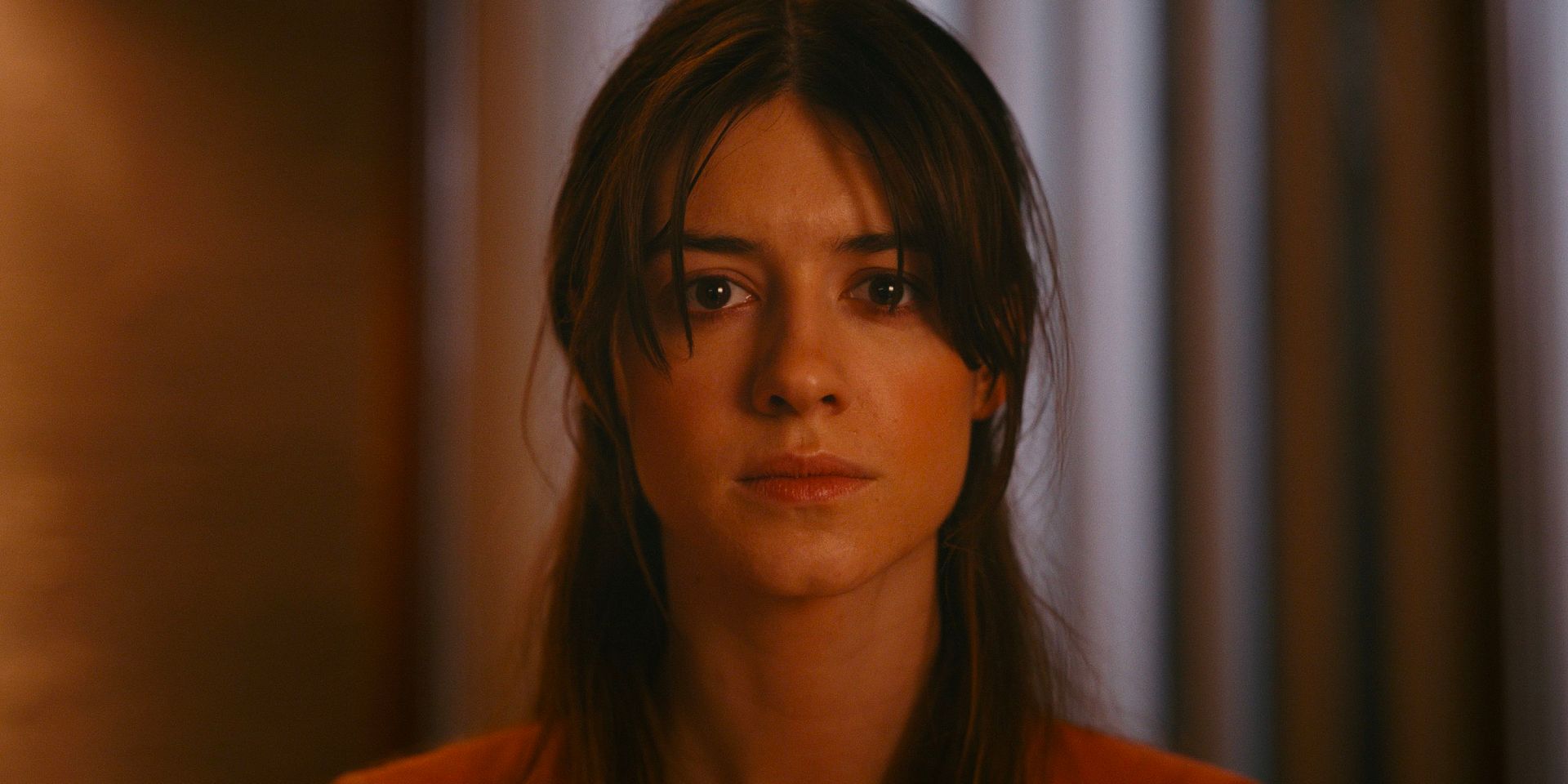
Image via Searchlight Pictures
